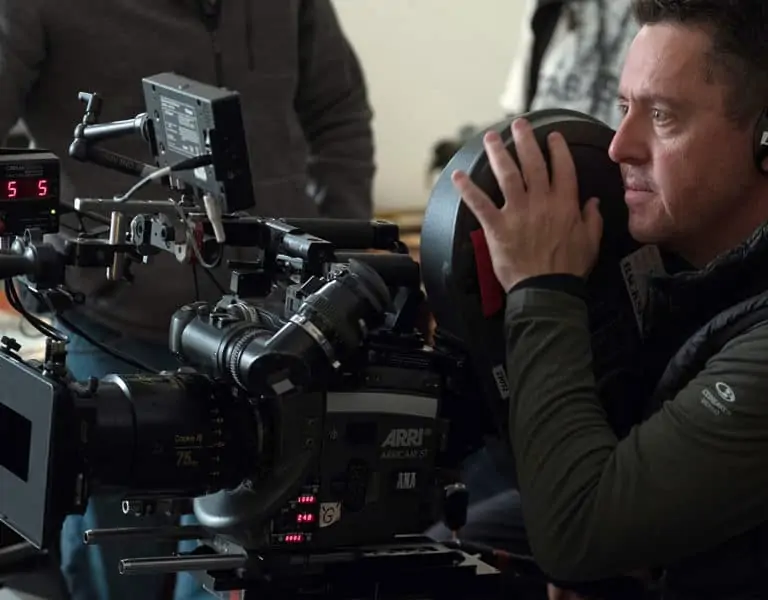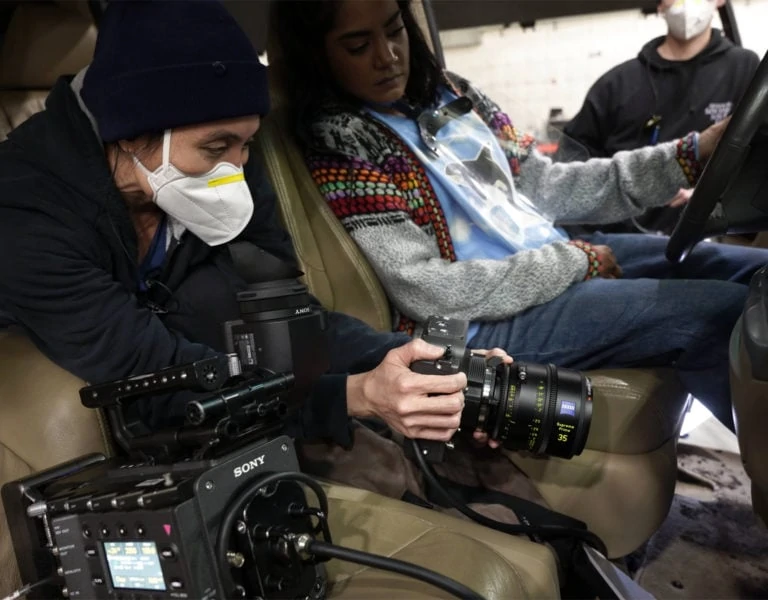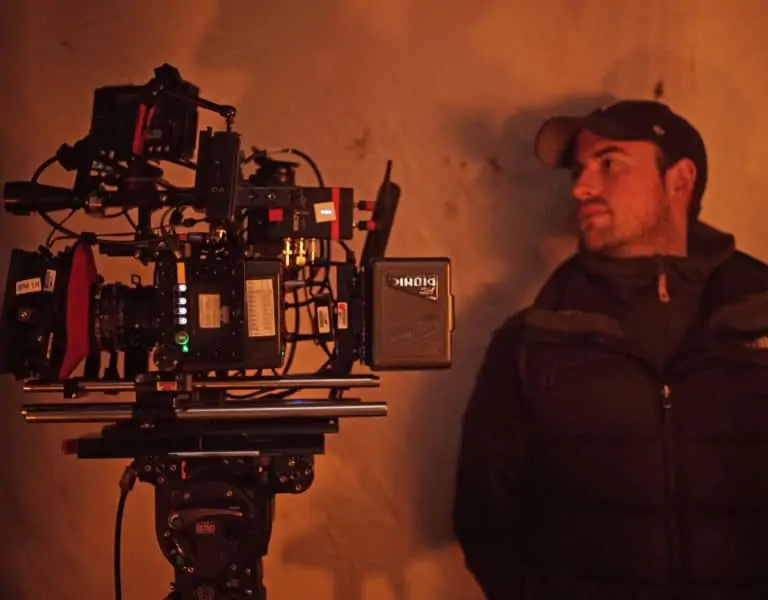Shooting Tyger on SIGMA Classic Primes
Oct 6, 2021
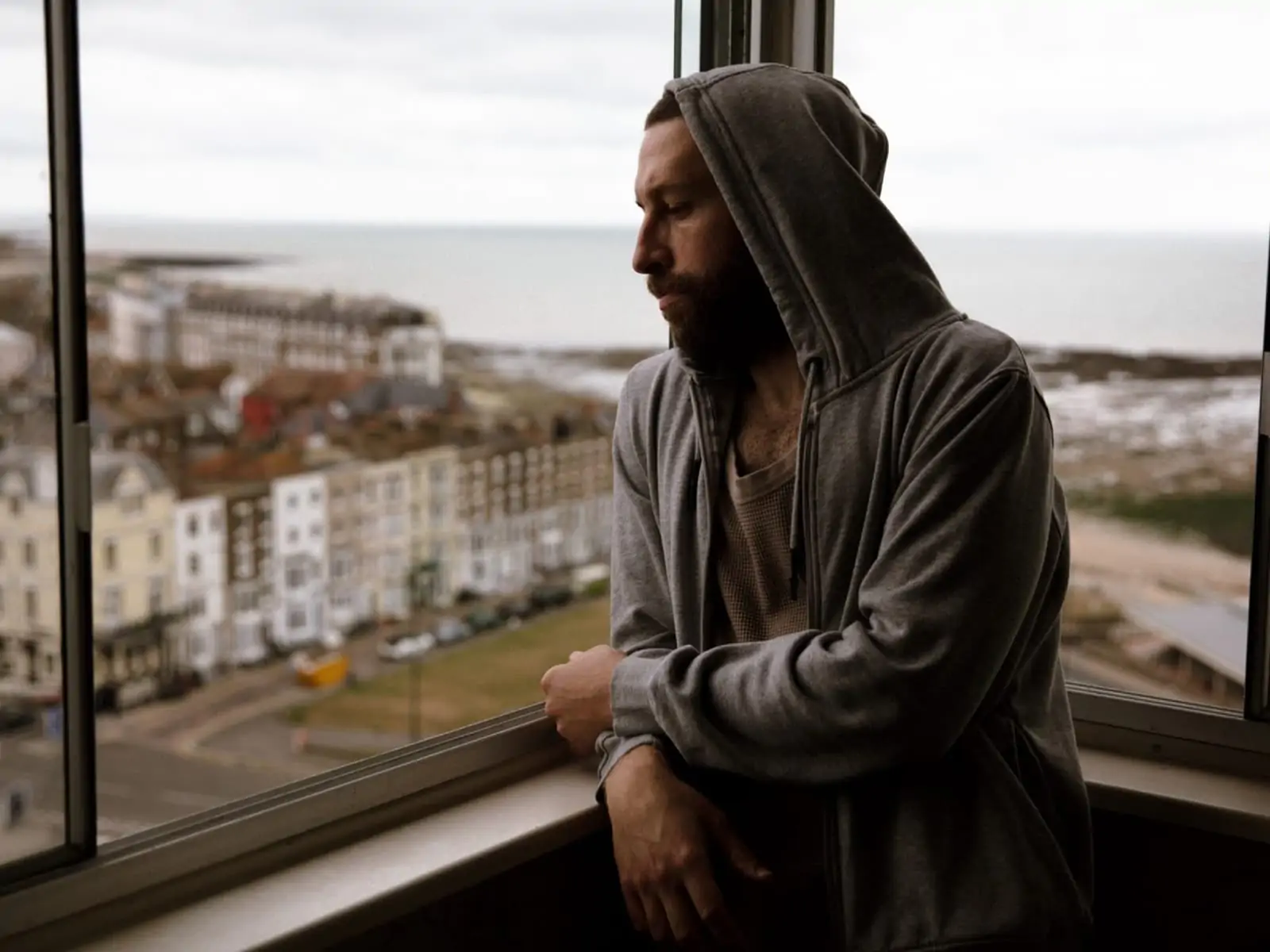
This story has been shared with permission from VMI.
–
New British indie feature Tyger has finished filming with a Canon C500 II and SIGMA Classic Primes, a combination picked to enhance the emotional impact of an ex-soldier’s internal conflict.
“SIGMA’s Classic Primes have a genuine ‘vintage’ quality which is rare in new lenses,” explains co-producer Robert Shannon. “You get a bit of ghosting, vignetting and glare which adds to its visually striking image without losing your control of focus.”
Written and directed by Alexander Milo Bischof, the film follows former soldier and convict Joe (played by Dylan Edwards, High-Rise) on release from prison as he travels back to Scotland to try and locate his family.
It’s a road trip that moves up the spine of the UK from Margate through the Lakes to Scotland and is also a psychological journey for the main character who suffers from PTSD.
“Society seems to push him away at every turn,” says Shannon. “He is homeless and yet there is hope he can kindle a new life with his daughter.
The film is the second feature from Bischof who previously made Trouble Will Find Us (2020) and is produced through Bischof’s production company Stave Films.
Run and gun
It was shot run and gun style over two weeks last August on location with both the extensive location work and gritty theme of the story dictating the camera package.
“VMI have a great team to consult with,” Shannon says. “They know everything about their kit and understood what we were trying to achieve. You give them a brief and they come back with an inventory tailored to match.”
The film also stars Laura Haddock (known for portraying Lucrezia in Da Vinci’s Demons, Meredith Quill in Guardians of the Galaxy and its sequel and Alison in The Inbetweeners Movie).
“It’s a character driven story centered on Joe’s tough journey,” describes cinematographer Ariel Artur. “This is a character who is confused and trying to come to terms with a decision from which there is no return.”
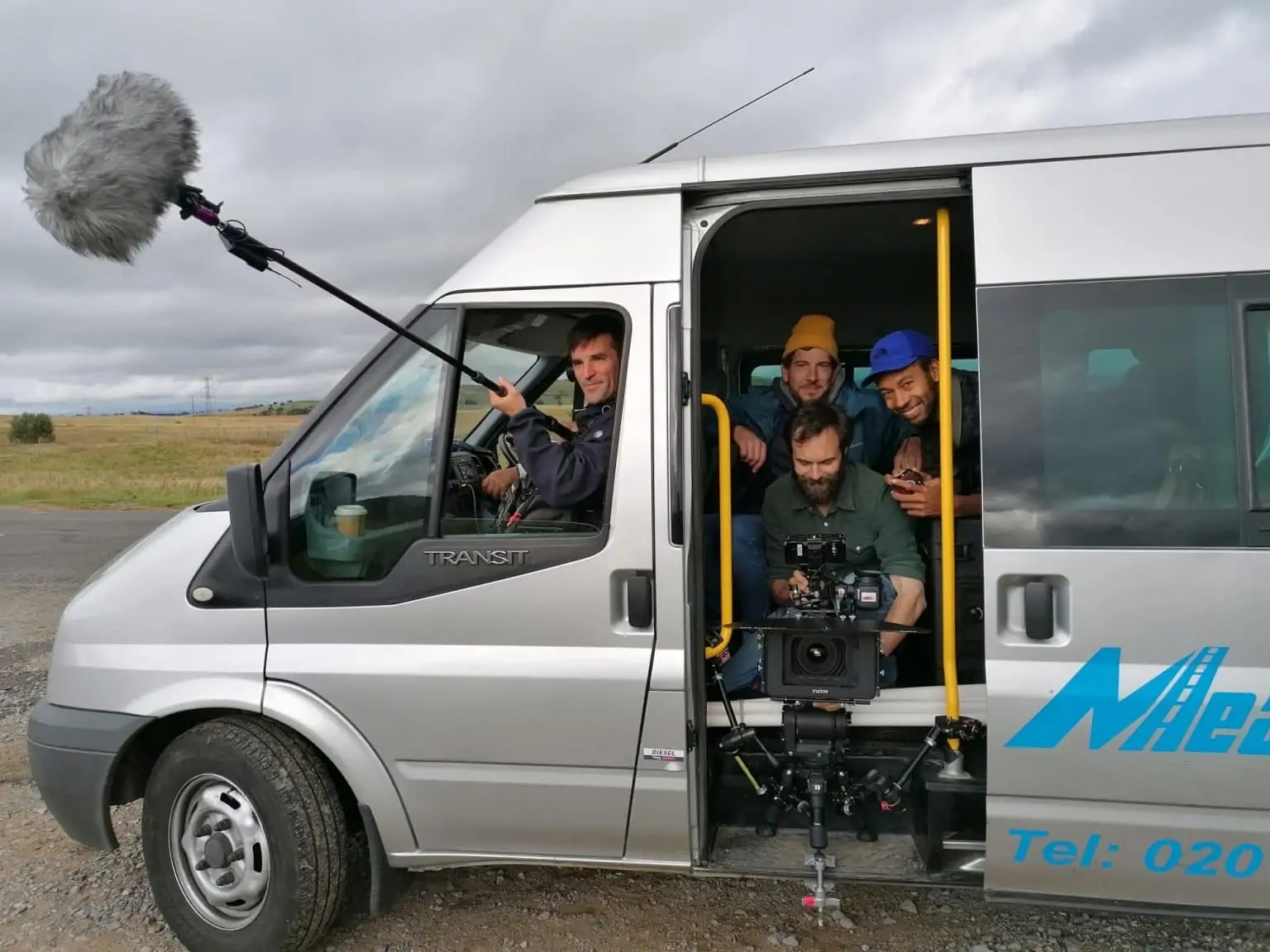
Aesthetic look
The DP has worked with Bischof before, notably on the black and white short Razzmatazz and the feature Trouble Will Find Us which was framed 4:3 and shot and edited using 43 static shots.
“The great thing working with Alex is the space he allows to experiment with aesthetic choices. He is open to ideas that further the storytelling whether that’s choice of camera, aspect ratio of acquisition media.”
The initial concept for Tyger was to shoot in S16, he explains. “We thought film might be a good choice to carry through this gritty story but the more we researched the more problematic that became.
“It was partly a matter of budget. We’re a true indie and the cost of stock and processing is expensive, although I have to say that Kodak were initially supportive. It was also that we wanted to enhance the sense of realism to the drama by being open to improvise with available light or incidents and performance during principal photography. Digital would allow us the freedom to do that.
“I also liked idea of working with full frame on longer lenses with depth of field to have the main character detached from his surroundings.”
Artur explored further and selected the Canon C500 II.
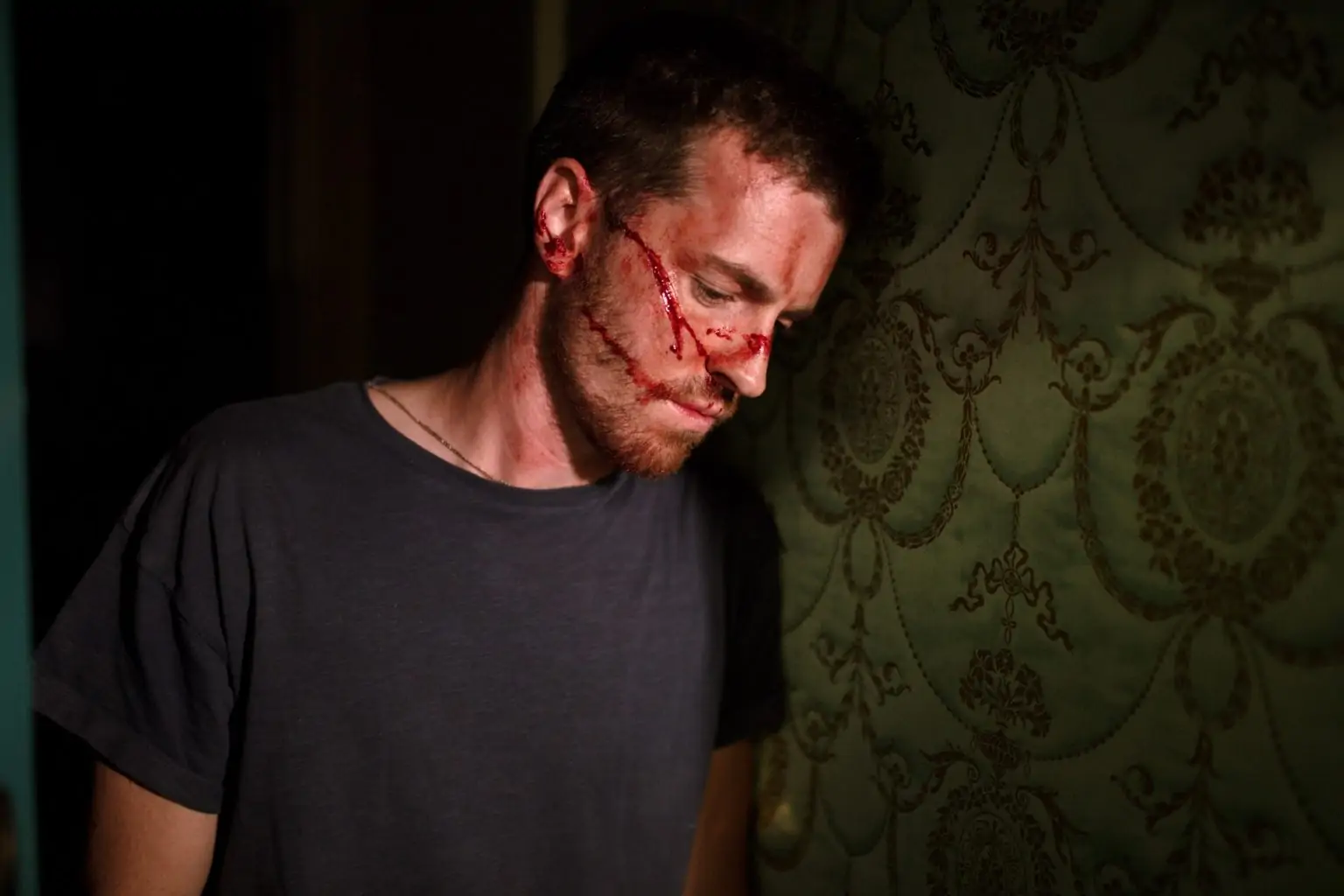
Canon C500 II + SIGMA Classic Primes
“I’m a big fan of Canon colour science and it was a comfortable choice for me to rent the C500 II from VMI. It offered full frame and we could shoot 5.9K Raw. It meant we could adopt a true guerrilla style and take advantage of what was in front of us on the day. The camera is great in low light anyway but shooting Raw gave this extra latitude to change day for night or recover highlights in post if required.”
He recorded 14TB of material at a ratio of 4:1 but found the logging and DIT surprisingly straightforward.
“I was a bit concerned about shooting the whole feature RAW based on previous experiences with the REDs but I would definitely go this route again with the C500 II.”
The C500 II offers 15 stops of dynamic range enabling Artur to use mostly available light. He typically shot at ISO 800 and occasionally at 1600 or even 3200 aware that shooting Raw he’d have the ability to recover detail in post.
This is a British story set in the UK but directed by a native Swiss and lensed by Brazilian born Artur who drew on the French feature Outside Satan (dir Bruno Dumont, 2011) and Italian drama Happy as Lazzaro (dir Alice Rohrwacher, 2018) for tonal references.
A specific reference for the scenes in Margate was street photographer Fred Herzog (who shot classic Kodachrome stills of Vancouver in the 1960s).
“Since we were no longer shooting film I suggested trying to find a set of lenses that would give us some texture,” Artur explains. “The obvious choice were Cookes but I felt they could be a little too much, like having a Pro-mist filter on top.
“In research I came across the SIGMA set of Classic Prime lenses. They are similar to SIGMA Original Cine lenses but not as fast, at 2.5 as opposed to 1.5. All the internal glass is uncoated except the external glass so it does open a lot to flare and light pollution but I felt I wanted to work with that.
LUT design
“I found it interesting that they lent the image a low contrast but didn’t lose sharpness. That’s a sweet spot I felt could fit our main character who is in a mental fog for most of the movie. It’s as if we’ve taken Cooke glass and tweaked it to achieve that sharpness.”
Artur devised two LUTs in tests before shooting based on Kodak 5207 stock. “It introduced a bit of grain and combined warmer mid-tones with a pull towards green and colder tones,” he says.
“One LUT was for reduced highlights and the other was designed one stop over for moments I knew we’d be fighting low contrast. We shot with mattes and flags on the matte-box but knew that the lenses would embrace flare and that any light would come through and fill the frame. We wanted this effect but also knew at certain moments we’d need to counter it.”
VMI also supplied the production’s tripods, batteries and chargers, camera polarisers and filters.
“The power supplies were important since we were on location in the middle of Scotland,” Shannon says. “VMI were extremely helpful in advising us on the right type of kit we needed in the field.
“I’ve known Barry and VMI for years. They are a highly reputable rental facility and have a willingness to work with low indie budget features as much as high end projects.
“The team are great to consult with too. They know everything about their kit and understood what we were trying to achieve. You give them a brief and they come back with an inventory tailored to match.
Shannon adds, “Visiting VMI is like settling into a comfortable armchair and I knew going back would be a nice smooth process.”
–
Tyger is currently in postproduction. Contact Stave Hill Films for more information and distribution.
This story has been shared with permission from VMI.







